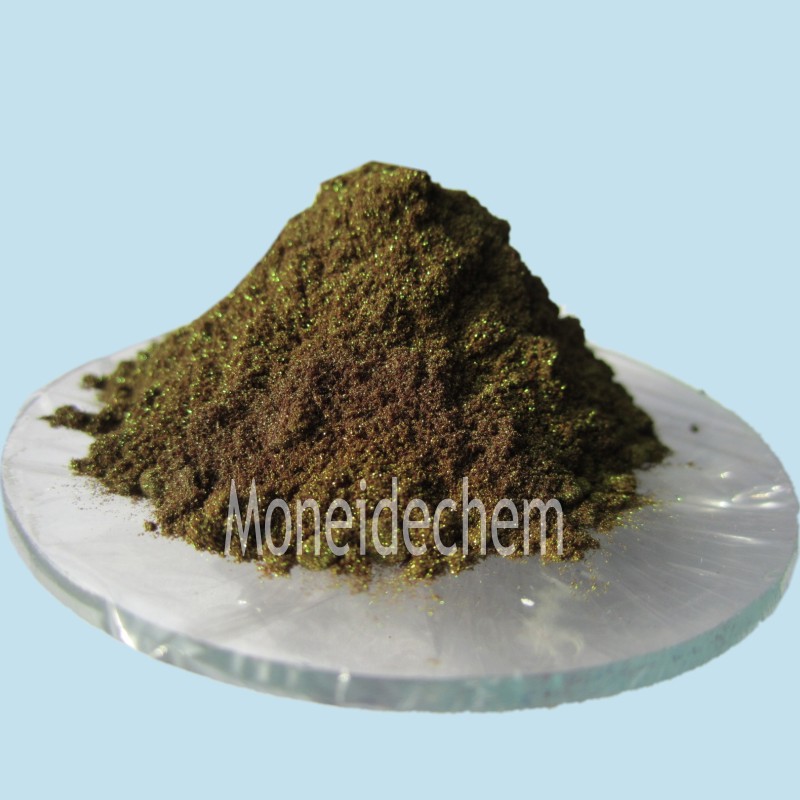모네이드 케미컬스
Tel: 86-315-8309571
WhatsApp/WeChat/Mobile: 0086-15633399667
스카이프: janet-honest
주소: 2-7-523 Jidong Building Materials Tangshan, Hebei 064000 중국
|
화학명 |
Cresol Purple |
|
다른 이름 |
m-Cresol Purple |
|
CAS 번호 |
2303-01-7 |
|
분자식 |
C21H18O5S |
|
EINECS No. |
218-960-6 |
|
분자량 |
382.43 |
|
분자 구조 |
|
|
세부 |
Appearance: Tiny brown crystal powder pH change range: 1.2(pink)~2.8(yellow); 7.4(brownish yellow)~9.0(purple). Max Absorption wavelength(nm): λ1(PH1.2) 526-529; λ2(PH2.8) 431-437; λ3(PH7.4) 431-437; λ4(PH9.0) 576-580. Mass absorption coefficient L/(cm·g) α(λ1,PH1.2, Dry sample) 80-94; α(λ2,PH2.8, Dry sample) 40-46; α(λ3, PH7.4, Dry sample) 39-45; α(λ4,PH9.0, Dry sample) 75-86. Solubility in Ethanol: Pass Loss on drying: 1.0% max. |
|
주요 응용 프로그램 |
A sulfonylurea indicator, used as pH indicator. |
What is Cresol Purple?
Cresol Purple is a sulfonephthalein dye that functions as a pH indicator, exhibiting color changes based on acidity or alkalinity. It exists in two forms: meta-cresol purple (m-cresol purple) and bromocresol purple, each with distinct transition ranges. The dye is commonly used in laboratory settings for titrations, microbial culture media, and biochemical assays due to its sharp color change at specific pH levels. Its chemical structure contains a sulfone group and aromatic rings, allowing it to protonate or deprotonate in response to pH shifts, making it valuable for precise pH monitoring in scientific applications.
Why does m-cresol purple change color?
m-Cresol purple changes color due to protonation and deprotonation of its sulfonephthalein structure. In acidic conditions (pH < 1.2), it appears red as the dye remains protonated. As pH rises (1.2–2.8), it shifts to yellow due to partial deprotonation. In neutral to slightly alkaline solutions (pH 7.4–9.0), it turns purple as the sulfone group loses another proton. This reversible transition occurs because pH changes alter the dye’s molecular structure, modifying its light absorption properties and thus its visible color.
What is bromocresol purple used for?
Bromocresol purple is primarily used as a pH indicator in laboratory assays, with a transition range of pH 5.2 (yellow) to 6.8 (purple). It is commonly added to microbial culture media to detect acid production, such as in carbohydrate fermentation tests. Additionally, it serves as a tracking dye in electrophoresis and in titrations to identify neutralization endpoints. Unlike m-cresol purple, it is less sensitive to highly acidic conditions, making it ideal for monitoring near-neutral pH shifts in biochemical and microbiological studies.
What is the range of Cresol Purple?
The pH range of Cresol Purple depends on its form. m-Cresol purple transitions from red (pH < 1.2) to yellow (pH 1.2–2.8) to purple (pH 7.4–9.0), making it useful for strongly acidic to weakly alkaline conditions. In contrast, bromocresol purple has a narrower range of pH 5.2 (yellow) to 6.8 (purple), ideal for near-neutral applications. These distinct ranges allow scientists to select the appropriate variant for specific experiments, such as enzyme activity assays or bacterial growth monitoring, where precise pH detection is critical.






























